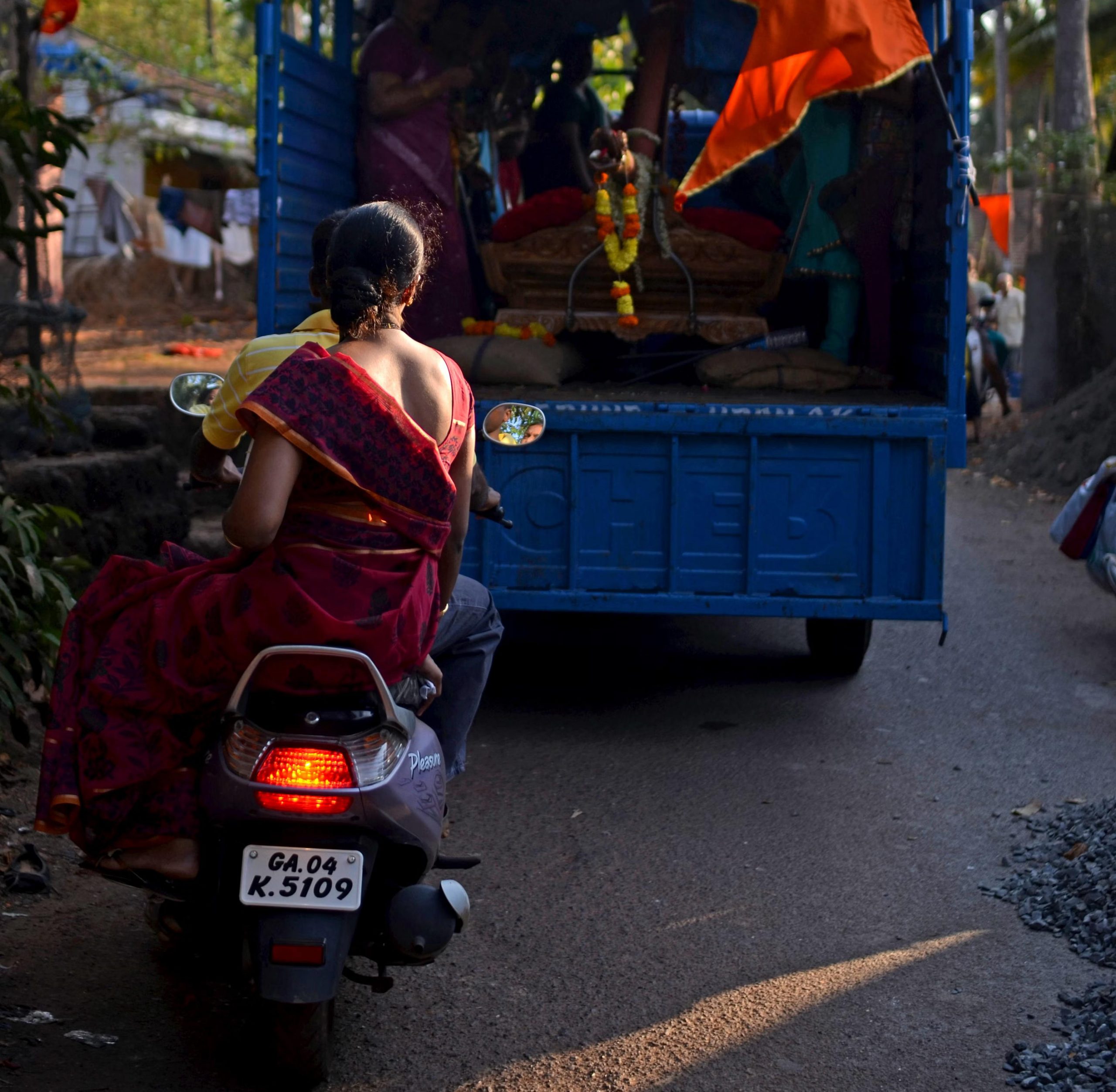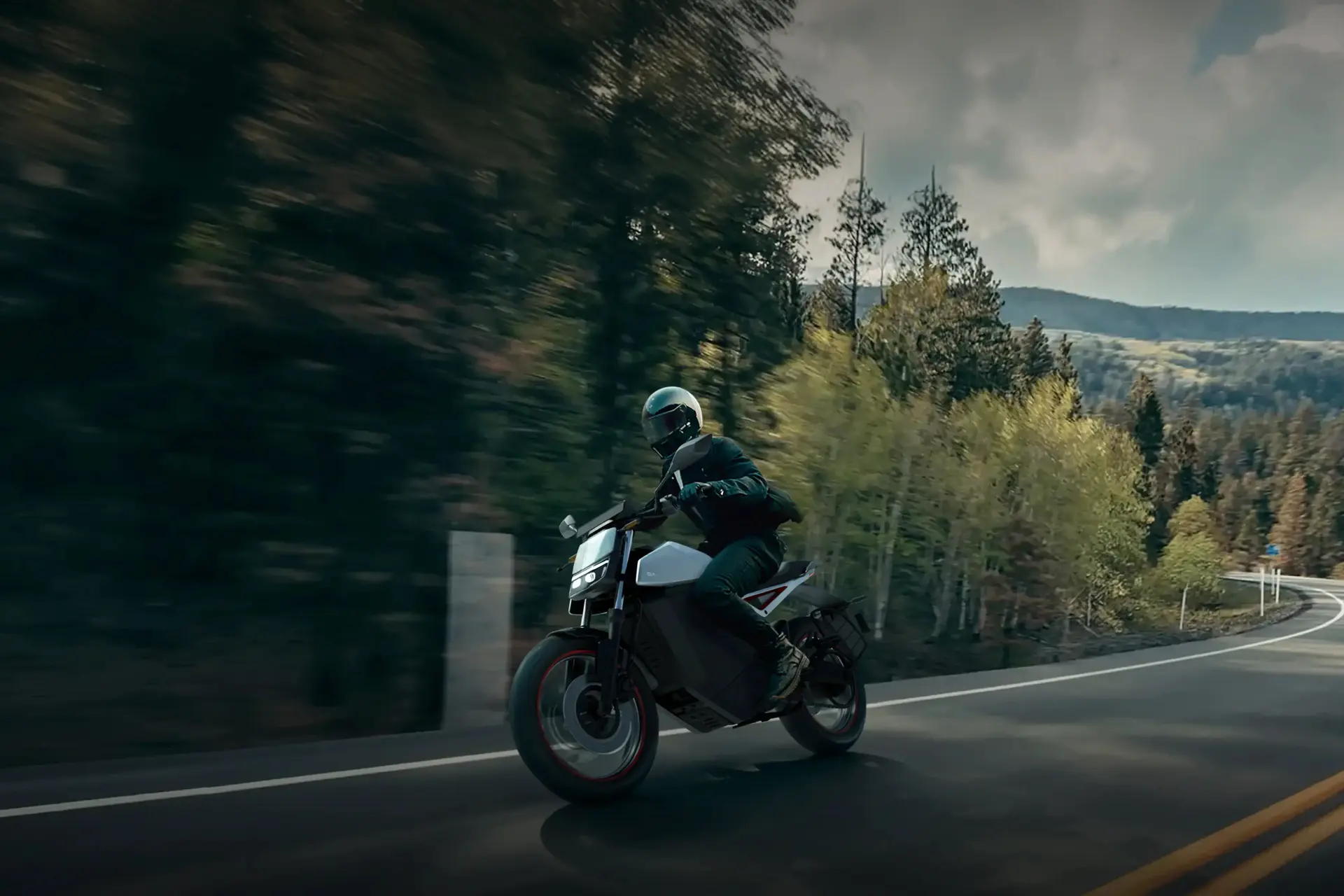Shares In EV Maker Ola Spike After Motorcycle Launch

Indian EV maker Ola Electric sees shares spike on launch of electric motorcycle and plans to cut costs by making own batteries
Shares in Indian electric vehicle maker Ola Electric Mobility surged 20 percent on Friday to give the company a valuation of 586.64 billion rupees ($6.99bn, £5.4bn) after the company launched a line of electric motorcycles and said it would lower costs by using its own batteries.
The launch came days after Ola went public on 9 August in a $734m public offering on the National Stock Exchange in Mumbai that saw investors eager to buy into the country’s first offering from a fully battery-powered vehicle maker.
The company’s stock has since risen 75 percent over its offering price.
Some analysts have been sceptical of the company’s prospects as its losses widened 8 percent in the most recent financial year to 15.8bn rupees, even after it booked a 90 percent revenue increase.

Investor enthusiasm
But HSBC began coverage of the company with a “buy” rating, citing support from regulators and Ola’s ability to potentially reduce costs.
Ola was previously valued at $5.4bn in a September 2023 funding round, but the company reduced its valuation target to $4bn for the IPO due to macroeconomic conditions and to attract investors for the offering.
HSBC noted that aside from its battery plans Ola is also looking to manufacture most of its EV parts within India.
The launch of a motorcycle could bring Ola into a relatively unexploited market in a country where scooters dominate roads and motorcycles make up only about 1 percent of two-wheeled EV sales.
The company launched three variants of its “Roadster” – the standard model, Roadster X and Roadster Pro – with a range of up to 579 km and a top speed of 194 km/h.

Electric motorcycle
The Pro model includes an advanced driver-assistance system and internet-enabled AI features, the company said at a launch event.
The firm is currently accepting pre-orders for the vehicles, with deliveries not expected to begin until the fourth quarter of 2026.
Ola accounted for 39 percent of two-wheeler EV sales in India in July, according to government figures.
In April the firm cut prices on the cheapest of its three scooter models to boost demand after the government reduced EV subsidies.
Ola also plans to refine the metals used in its battery cells itself in the next three or four years, chairman Bhavish Aggarwal has said.